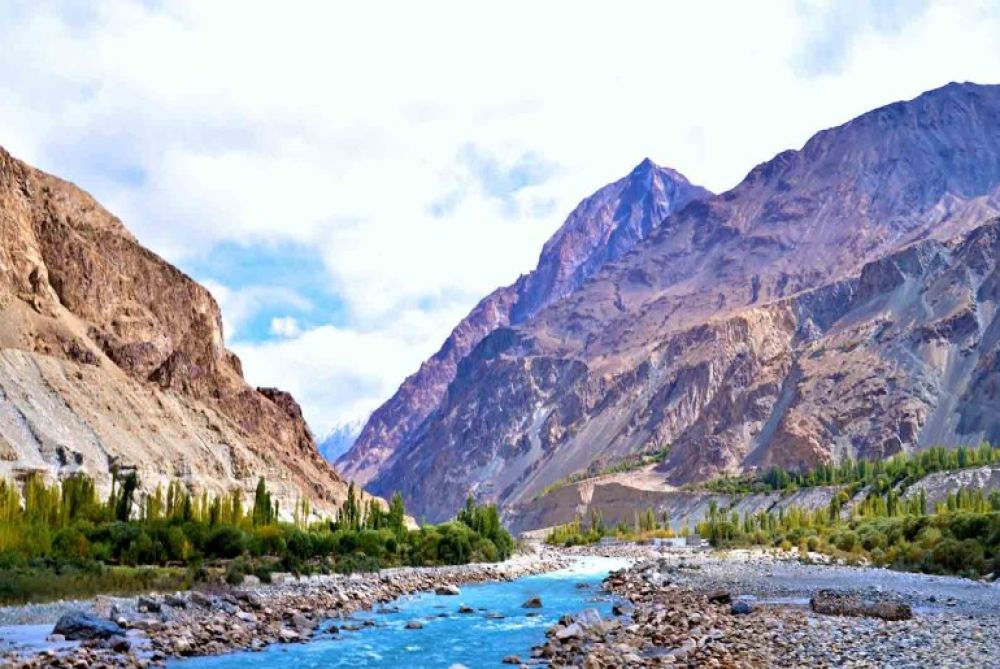

Turtuk, a quaint village in the Nubra Valley of Ladakh, only became accessible to tourists in the year 2010. Before that, it was off-limits due to its strategic location near the India-Pakistan border. The area was historically part of Baltistan and was under Pakistan's control until 1971 when it was annexed by India during the Indo-Pakistan War.
Since its opening to the public, Turtuk has slowly emerged as a hidden gem amongst travelers seeking offbeat destinations and authentic cultural experiences. It is known for its distinct Balti culture, language, and cuisine, differentiating it from the rest of Ladakh.
The beauty of Turtuk is not just in its picturesque landscape but also in its rich history and culture. Key attractions include:
The latest trend in Turtuk tourism revolves around sustainable and responsible travel. Tourists are increasingly seeking authentic experiences that also contribute positively to the local economy. Many opt for accommodations that offer economic benefits to villagers, such as homestays, and engage in activities that do not harm the environment.
Another trend is the rise in adventure tourism, with visitors interested in trekking and exploring the untouched landscapes surrounding Turtuk. Additionally, there is growing interest in agro-tourism, with visitors eager to learn about local agriculture practices and organic farming unique to this high-altitude region.
With its breathtaking scenery and the warmth of the Turtuk community, tourism in the region continues to grow, all while maintaining a focus on cultural preservation and ecological sustainability.